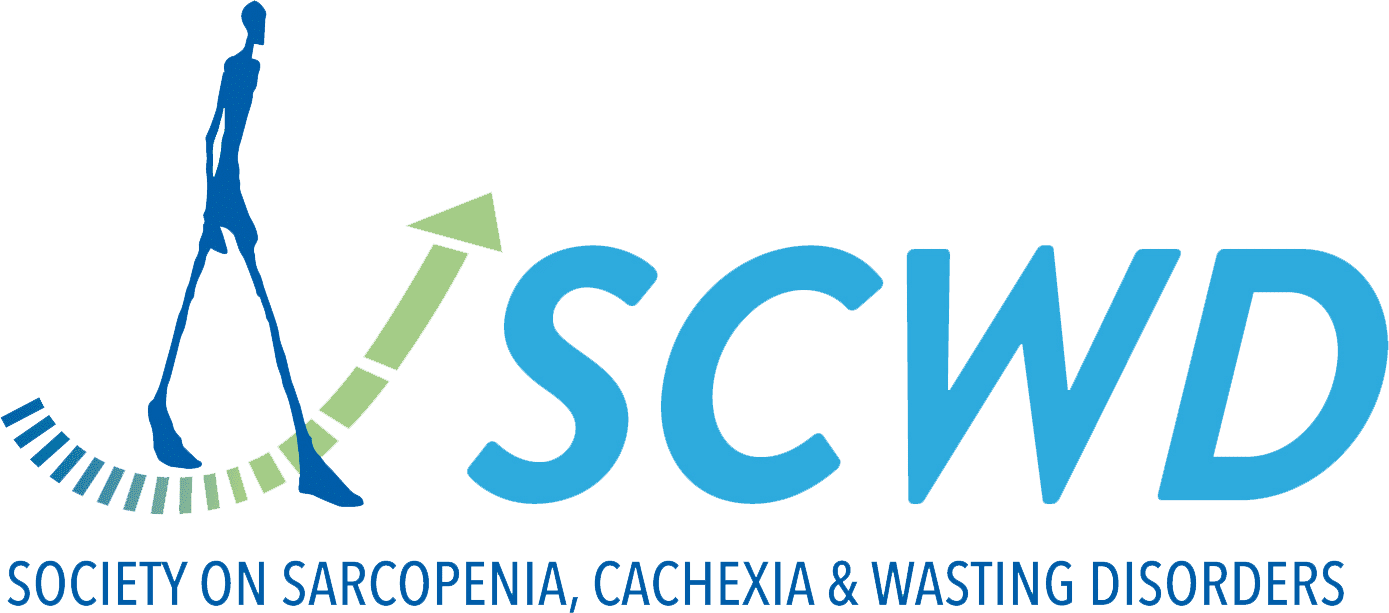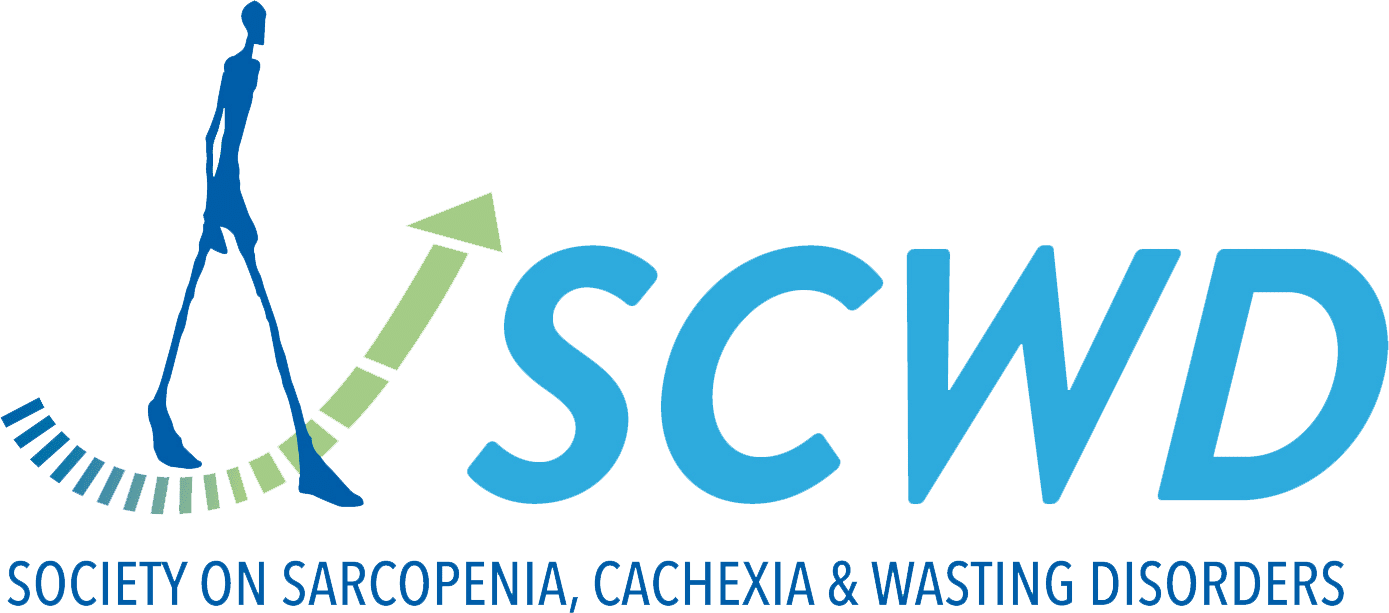Glucagon Like Peptide-1 Receptor Agonists for Sarcopenia and Muscle Wasting Disorders: A Systematic Review of Efficacy and Mechanisms.
Muscle wasting disorders, including sarcopenia and skeletal muscle atrophy, are increasingly prevalent among older adults and those with metabolic comorbidities. Sarcopenia, a progressive age-associated condition, involves the decline in skeletal muscle mass, strength, and physical performance, affecting millions of people...


